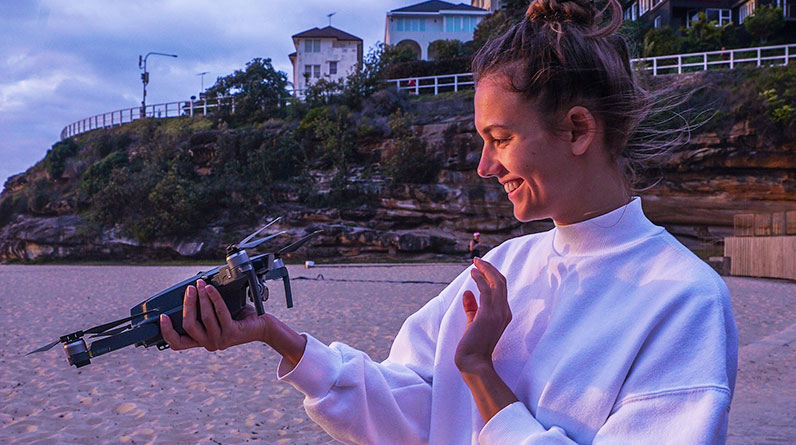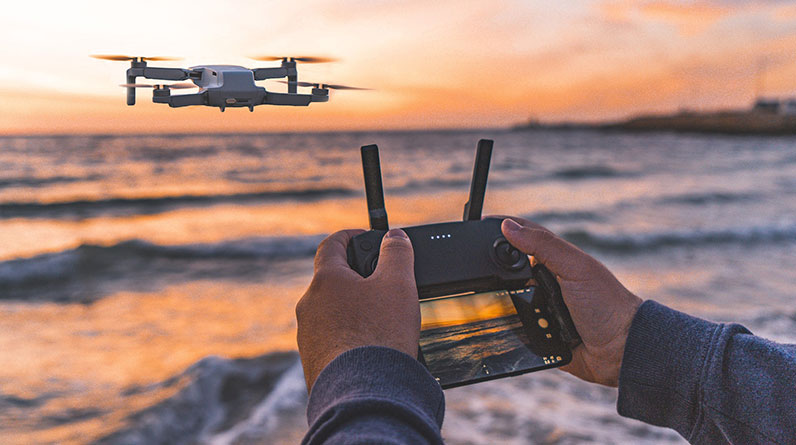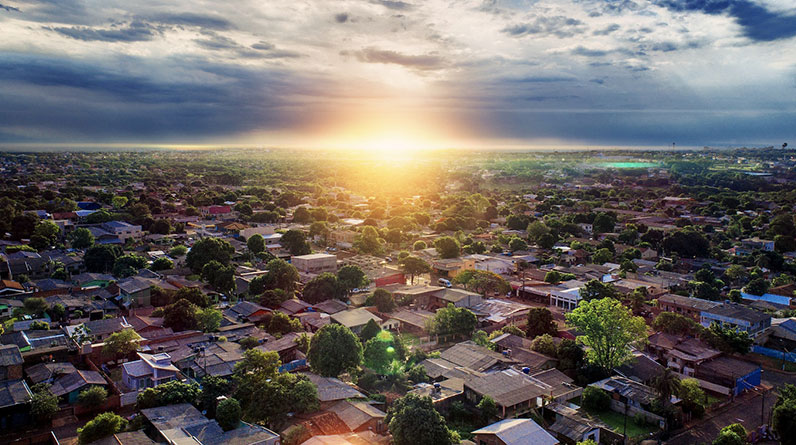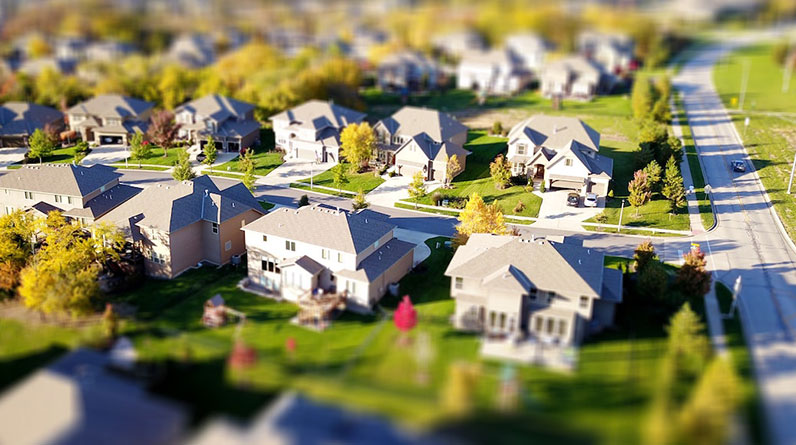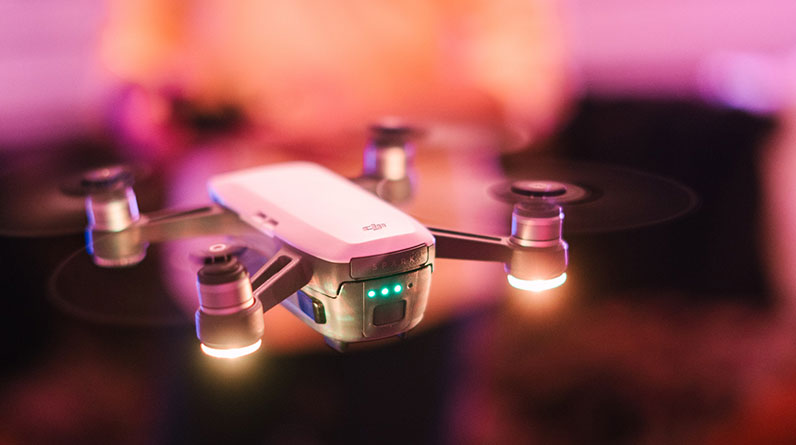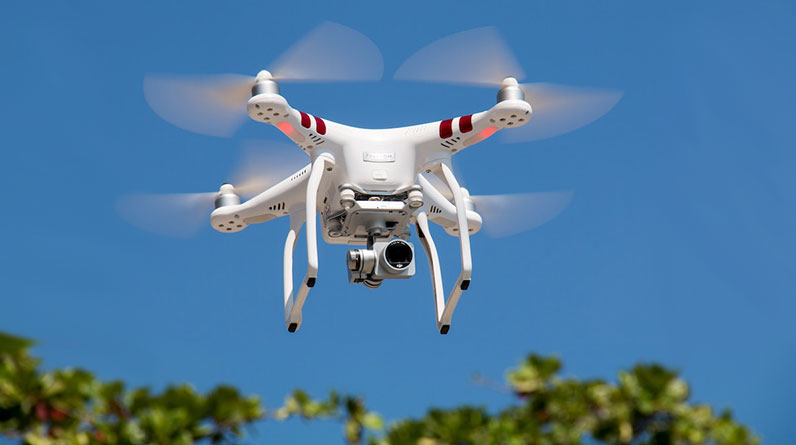
Tips for Advanced Drone Photography
Whether you’re shooting for personal enjoyment or as part of your career, there’s a lot to consider when taking drone photos. These advanced tips can help you get the most out of your experience.
Composition is the key to creating a great shot, but it can be tricky to execute at times. Fortunately, there are ways to make drone photography easier than ever before.
Plan Your Shoot
Planning your drone photography shoot is an important step to ensure that you get the images you want. You’ll need to consider things like weather and the time of day, as well as how to avoid any obstructions that might affect your shot.
You might also need to determine whether you’ll be shooting in a controlled or uncontrolled airspace. You’ll also need to make sure that you follow all of the FAA’s rules for flying a drone.
When you’re planning your drone photography shoot, you’ll want to choose a location that’s likely to have great light and a beautiful view. This is especially true if you’re doing landscape or real estate drone photography.
The best drone photographers know that lighting is a critical element to the quality of their photographs. While post-processing has come a long way, proper lighting still makes a huge difference in the quality of your photos.
A good rule of thumb to keep in mind is that you should always aim for a shutter speed of at least 1/100th of a second, unless you’re shooting something that requires a faster shutter speed (like waves or cars moving on a highway). This will help to avoid blurry shots from movement and a camera shake.
Another key component to your drone photography shoot is finding an interesting angle. This is a skill that can be learned and practiced over time, as you get more experience.
Whether you’re taking photos of landscapes or buildings, there are many compositional techniques that can help your photos stand out from the crowd. Some of these include leading lines, symmetry and patterns. These elements are not only helpful for compositional purposes but can also help you tell a story in your photos.
Use Neutral Density Filters
ND filters are a great way to add some creative flair to your drone videography. They can help you capture cinematic quality in your videos, even when shooting under bright lighting conditions.
They also work well with long exposures, allowing you to create dreamy streaks and motion blur in your shots. They are a popular addition to the toolkit of any drone photographer.
These filters can be used with a variety of different cameras and are available in many shapes, sizes, and levels. However, they all have one common function – they reduce the amount of light coming into the lens without changing the color of the image.
This makes them an excellent choice for landscape photographers and videographers. They are often called “sunglasses for the camera.”
ND filters can also be used to add drama and emotion to your footage. They can also help you avoid camera shake when capturing fast-moving subjects.
The right ND filter will reduce the brightness of your scene by up to six stops. Depending on the density of the filter, you can use a wider aperture with a slower shutter speed, resulting in less blown-out highlights and more detailed shadows.
They can also be used to reduce glare from bright surfaces, including the sky or water. These filters need to be rotated correctly to match the glare in your shot, otherwise, they can actually enhance it.
ND filters can be a great addition to your drone photography arsenal and are an essential tool for any aspiring aerial filmmaker. Using them can help you capture professional-quality images and videos in all sorts of environments, from sunny skies to dark forests.
Shoot in the Morning or Evening
If you plan to take your drone up into the sky to shoot, you want to make sure you get the best light possible. Generally speaking, mornings and evenings are the best times to shoot. You’ll avoid harsh shadows in the background and you’ll have a chance to capture a beautiful sunrise or sunset.
Before you head out, check the weather forecast for the location you’re flying in to ensure that it’s going to be a good day to fly. You can use a free app like UAV Forecast to do this, and it’ll give you a breakdown of wind speeds, cloud cover, rain probability, and visibility.
Next, check the shutter speed and sensitivity settings on your camera and adjust them accordingly. This will help you get the best results for each scene.
A fast shutter speed means you’ll have a brighter image than a slow one. You can also use a high-sensitivity setting to help your camera record more light.
Finally, be aware of your camera’s buffer time – this is how long it takes for your drone to write the images it captures to its memory card. This can take up to a few minutes, so don’t be surprised if you have to wait to take the next shot.
Another great thing about drones is that they can take multiple photos while you hold the button down – this is called burst mode. Be sure to check your camera’s manual for information on this feature and how to set it up properly.
Drones also have the ability to manually focus, which is a great way to get more precise focus than automatic autofocus. Some drones even have a tool called focus peaking, which highlights areas that are in focus and that match peak contrast on the live view display.
Get Creative with the Shadows
If you’re shooting drone photography, you may want to try experimenting with the shadows in your composition. This will add a dramatic and dark look to the picture and can really help you make an image stand out.
You can also use shadows to direct the viewer’s attention to a specific point in the photo or even make them your main subject (focal point). This is especially useful when you want to create a black-and-white photo, as you won’t be able to use color to add interest.
Many drone cameras come with an overlay grid to help you frame your photos more accurately. It’s a handy tool to help you plan your compositions in advance and avoid cropping unnecessary features later on in the post-processing process.
In addition, some drones have a timed shot feature that allows you to shoot at set intervals automatically. This can be very useful for capturing panoramic images and time-lapse videos.
Another useful technique is to focus on patterns in the scene. Patterns can be found in both natural and manmade settings and offer you a huge variety of photographic opportunities.
A pattern can be a group of colors or shapes that are repeated in regular or irregular formations. Often, patterns appear on a large scale and can be difficult to capture from a bird’s eye view.
Besides the obvious benefit of adding depth and dimension to your image, color can also be used to highlight details in your photo. However, you should be careful with this as too much color can easily overwhelm your image.
A great way to visualize the light direction and the length of the shadow your subject will cast is with the help of a mobile app such as PhotoPills. Using this tool, you can figure out the exact date and time your subject will cast the shadow that you need for the shot you’re shooting, all in just a few seconds!
Look for Patterns and Symmetry
If you want to create stunning aerial photos, it’s important to look for patterns and symmetry in your surroundings. These will help your drone photo become more captivating and will allow your viewers to gain a sense of scale.
Patterns are often formed by shapes, colors and lines that repeat in a regular or irregular way. They can be found in nature or manmade objects, and they’re a great way to add drama and dimension to your shots.
The most powerful patterns to capture in drone photography are those that consist of repeating shapes, lines or colors. This repetition makes them stand out in the frame and helps your viewer to focus on the subject of the shot.
When taking a shot with patterns, it’s a good idea to get as close to your subject as possible. This will ensure that you capture all of the details in the pattern. It can also be helpful to tilt your camera down and shoot from a bird’s eye view, allowing you to capture a larger-scale pattern.
Symmetry is another popular composition tool and it’s easy to find in many aerial photos. However, it’s a good idea to break up the symmetry and introduce some kind of tension in the shot. This will make your image more authentic and create a less expected result.
Composition is the most fundamental aspect of any photography genre, and it carries over into drone photography as well. It determines the arrangement of all visual elements in the frame, the balance between negative and positive space and even the color of the image.
